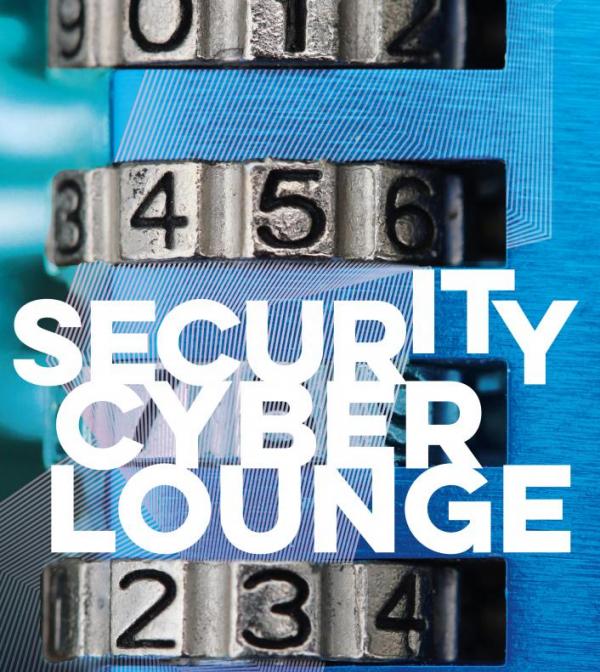Ein Artikel von Kristina Jovanovska, Fotocredit: Shutterstock
Why AI-Driven Attacks Require a New Defense Strategy
Cybersecurity is facing a major shift — AI is no longer just a tool for defense but a powerful weapon for attackers. AI-driven cyberattacks move with incredible speed, precision, and adaptability, outpacing conventional security measures. To stay ahead, organizations must embrace AI-powered defenses, automation, and proactive threat intelligence. In this new era of cyber warfare, the question is not whether to adopt AI-driven security, but how fast it can be implemented before the next attack strikes.
How is AI changing cyberattacks? The Speed and Precision of AI-Driven Attacks
Unlike traditional cyberattacks that require human effort, AI-driven threats operate autonomously, identifying and exploiting vulnerabilities in real time — reducing attack timelines from weeks to mere seconds.
Phishing and social engineering tactics have also become far more convincing. AI analyzes vast amounts of data to craft hyper-personalized messages, mimicking real communication patterns and increasing success rates.
Meanwhile, adaptive malware powered by AI continuously modifies its code, making detection far more challenging.
Deepfake technology adds another layer of risk, enabling attackers to impersonate executives in business email compromise scams or spread misinformation to manipulate markets and public perception. With AI making attacks faster, smarter, and more precise, organizations must rethink their cybersecurity strategies in order to remain cyber resilient.
Why conventional security approaches are not enough?
Traditional security solutions rely on predefined rules, signature-based detection, and static defenses, approaches that struggle to keep up with AI-powered threats. The ability of AI-driven attacks to change and adapt in real time renders conventional defenses inadequate.
AI enables attackers to launch highly complex, large-scale attacks that overwhelm security teams, automating reconnaissance, exploiting vulnerabilities instantly, and bypassing traditional detection mechanisms. Moreover, AI-powered attacks can mimic legitimate user behavior, making it increasingly difficult for rule-based security systems to distinguish between normal activity and malicious intent. Without AI-driven defenses that can learn, adapt, and respond dynamically, organizations risk falling behind in the escalating cyber arms race.
A New Defense Strategy: AI vs. AI
To counter AI-driven threats, organizations must adopt AI-driven defenses. The key pillars of this strategy include:
- AI-Powered Threat Detection and Response
Implementing AI-driven Security Information and Event Management (SIEM) and Security Orchestration, Automation, and Response (SOAR) solutions can significantly enhance detection and mitigation speeds. Organizations must shift towards automated responses to keep up with AI-powered attacks. AI-based security automation can isolate infected endpoints, trigger containment protocols, and deploy patches at machine speed, minimizing damage.
- Continuous Threat Hunting and Adaptive Learning
AI-driven security systems must incorporate machine learning models that evolve based on new attack patterns. AI can be leveraged to proactively hunt for anomalies and predict potential attack vectors.
- Zero Trust Architecture
The well-known Zero Trust approach remains crucial today, especially as AI-powered cyberattacks exploit implicit trust within networks to bypass traditional security controls. Adopting a Zero Trust approach, where every request is authenticated, authorized, and continuously validated, can mitigate the risk of lateral movement within a compromised system.
- AI-Enhanced Human Expertise
While AI can process vast amounts of data and detect anomalies, human expertise remains crucial. Security teams should leverage AI-driven insights to focus on high-risk areas, conduct forensic analysis, and make strategic decisions.
You can experience Kristina Jovanovska live on stage at the Security & Risk Management Kongress from April 1st to 2nd. Book your ticket here!
Dipl.-Ing. Kristina Jovanovska is leading Managed Security Services across Austria, Germany, and Switzerland. With a strong focus on Security Monitoring and AI-driven cybersecurity initiatives, she specializes in defining cyber strategies for clients across various industries and delivering them end-to-end. Her expertise spans from strategic planning to final implementation—ensuring success for high-profile clients worldwide.
As Co-Founder and President of Women4Cyber Austria, Kristina is dedicated to promoting diversity in cybersecurity. Through her volunteer work, she actively empowers and supports the participation of women in the field, mentoring and inspiring the next generation of female cybersecurity professionals. Kristina's exceptional contributions have been recognized globally, earning her three prestigious awards in 2024.
As Responsible AI Governor for Austria at the Global Council for Responsible AI, Kristina is committed to shaping the ethical, inclusive and secure future of Artificial Intelligence. She actively contributes to governance frameworks, ethical principles, and policies that guide the responsible and secure use of AI, ensuring diverse perspectives are represented in AI decision-making processes.
Kristina is an active speaker at international conferences, known for her ability to break down complex cybersecurity topics while delivering insightful, actionable takeaways that inspire and empower her audiences.




